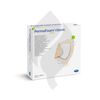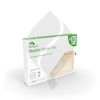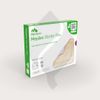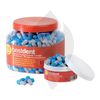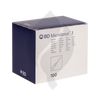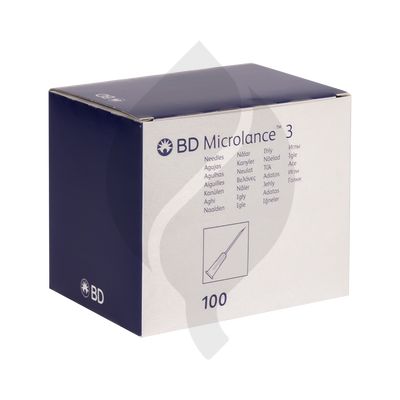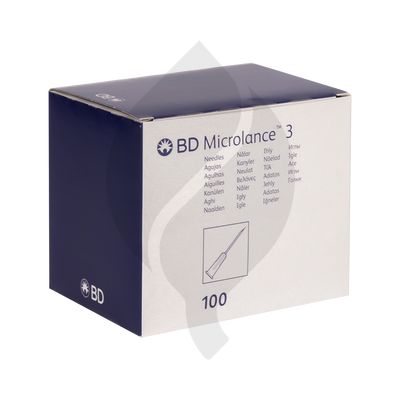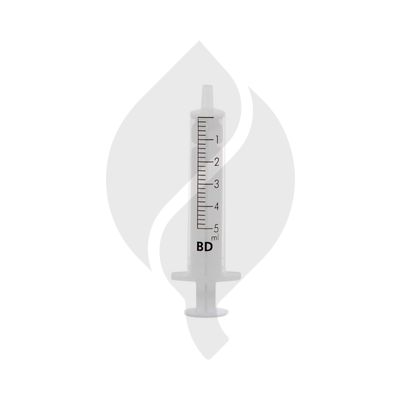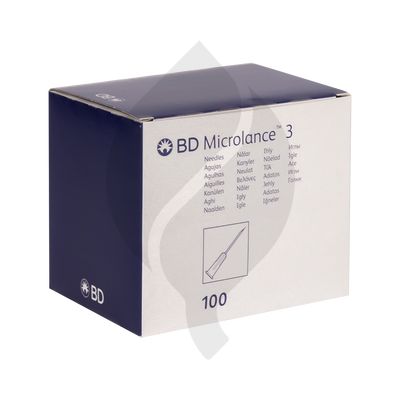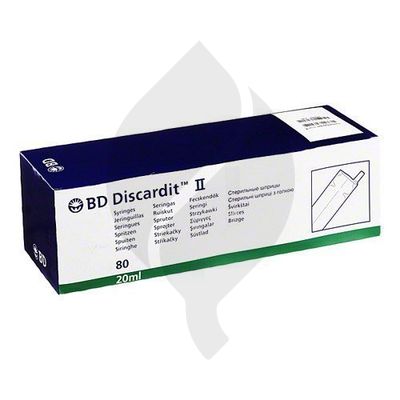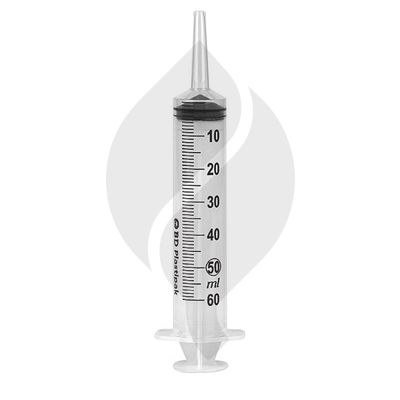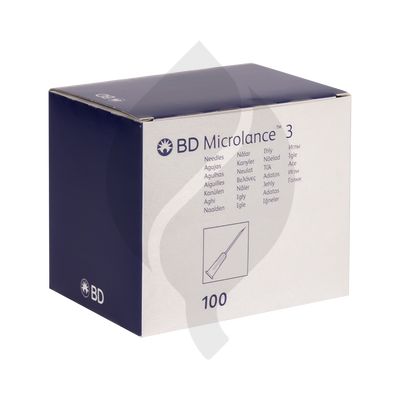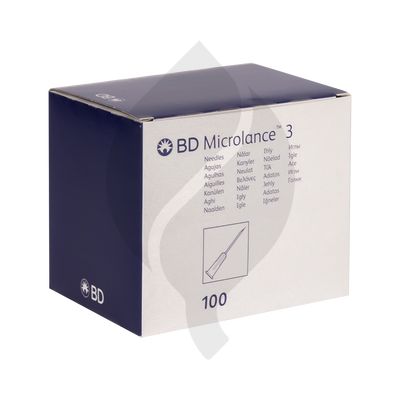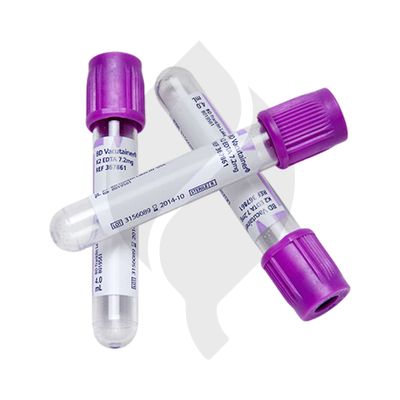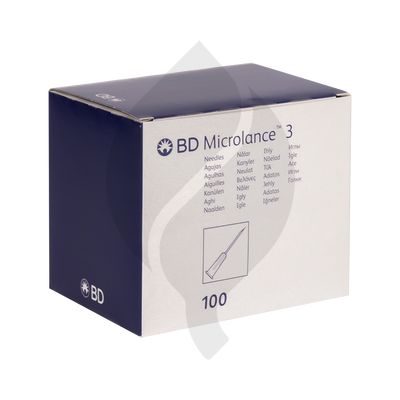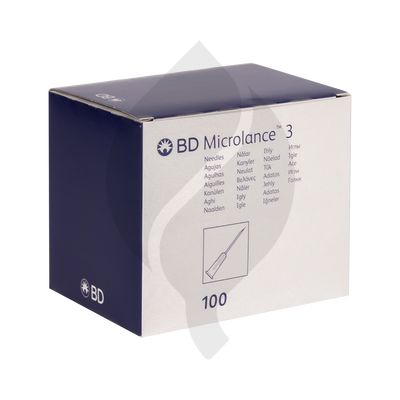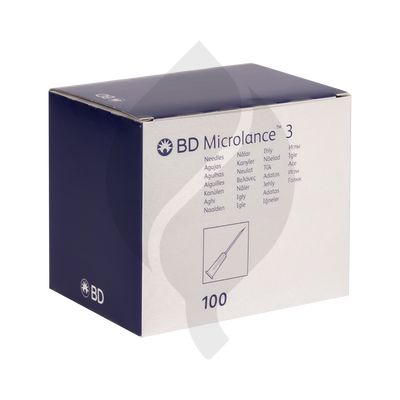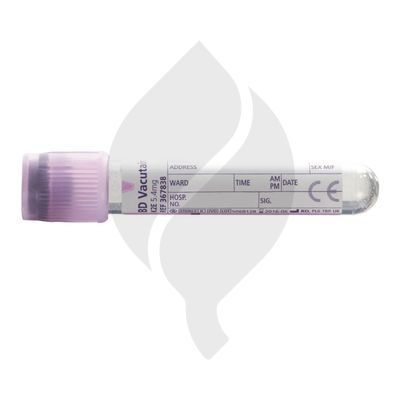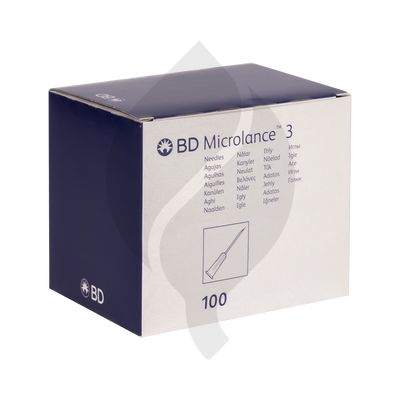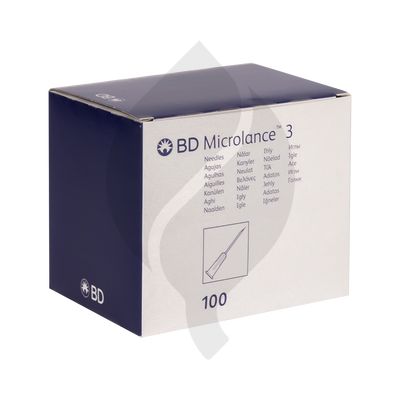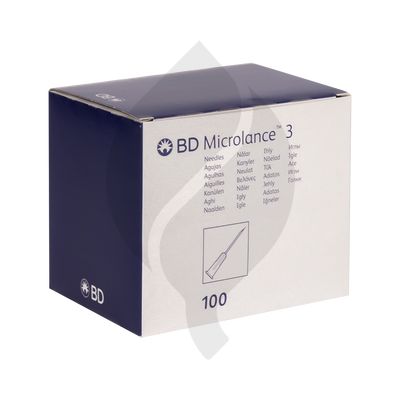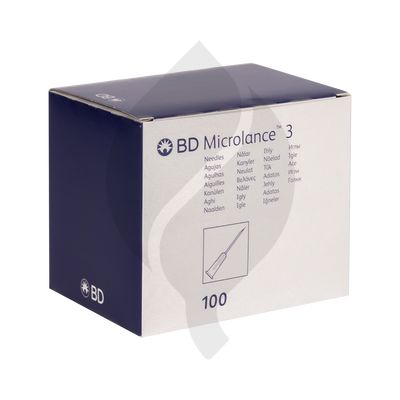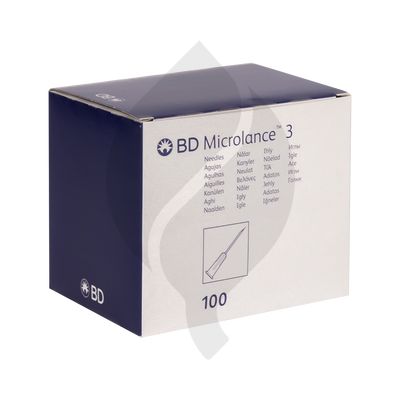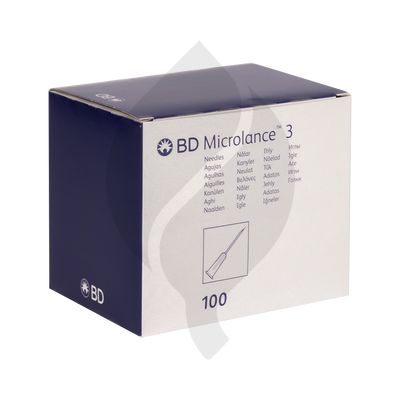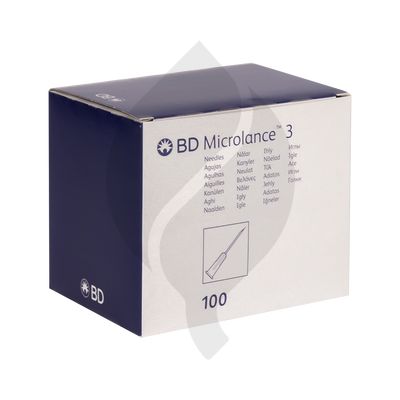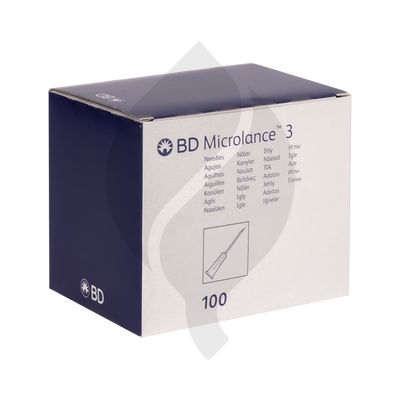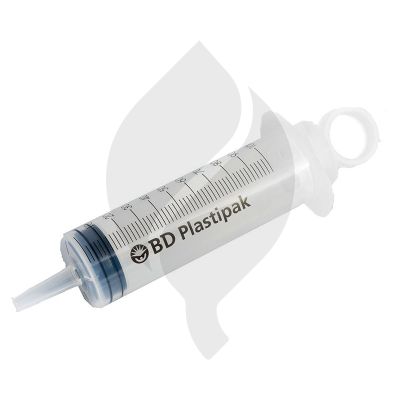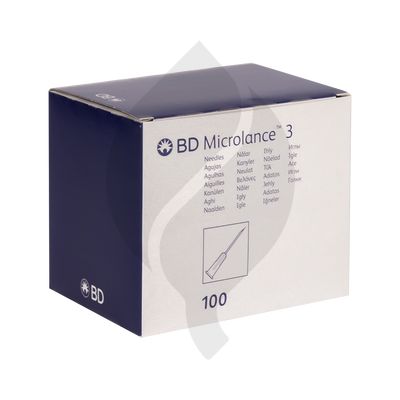BD Medical
Filters
Latest Products
- Syringe BD 2 pieces Luer eccentric cone.
Availability:
In stock
6.09 €
- Needle BD 22G x 1" 25x0,7mm.
Availability:
In stock
Price under inquiry
- Syringe BD 2 pieces Luer eccentric cone.
Availability:
In stock
10.33 €
- BD Vacutainer® EDTA tubes are indicated for obtaining a whole blood or plasma EDTA sample. BD Vacutainer® EDTA tubes are available in a range of sizes, both plastic and glass, and can be identified by a lavender cap. For transfused patients, BD Vacutainer® EDTA tubes are available with a pink cap and cross-label. Generally, the potassium salt K2 or K3 of EDTA (ethylene diamine Tetra acetic acid) is used as an anticoagulant. There are no functional differences between both additives. The existing difference is physical and consists of: - K3EDTA is a liquid solution in BD Vacutainer® glass tube. - K2EDTA is a liquid solution that is sprayed on the inner surface of the BD Vacutainer® Plus tube. BD Vacutainer® K3EDTA is available for assays that require a proteolytic enzyme inhibitor. A conventional pink cap identifies BD Vacutainer® Aprotinin K3EDTA tubes.
Availability:
In stock
19.68 €
- Needle BD 21G x 2" 50 x 0,8mm.
Availability:
In stock
4.06 €
- Needle BD 18G x 1½' 1,2mm x 40mm
Availability:
In stock
6.21 €
- Needle BD 23G x 1 1/4' 30 x 0,6mm.
Availability:
In stock
3.57 €
- BD Vacutainer® EDTA tubes are indicated for obtaining a whole blood or plasma EDTA sample. BD Vacutainer® EDTA tubes are available in a range of sizes, both plastic and glass, and can be identified by a lavender cap. For transfused patients, BD Vacutainer® EDTA tubes are available with a pink cap and cross-label. Generally, the potassium salt K2 or K3 of EDTA (ethylene diamine Tetra acetic acid) is used as an anticoagulant. There are no functional differences between both additives. The existing difference is physical and consists of: - K3EDTA is a liquid solution in BD Vacutainer® glass tube. - K2EDTA is a liquid solution that is sprayed on the inner surface of the BD Vacutainer® Plus tube. BD Vacutainer® K3EDTA is available for assays that require a proteolytic enzyme inhibitor. A conventional pink cap identifies BD Vacutainer® Aprotinin K3EDTA tubes.
Availability:
In stock
19.56 €
- Needle BD 25G x 1' 25 x 0,5mm box100.
Availability:
In stock
3.57 €
- Needle BD 20G x 1' 1/2 40 x 0,9mm.
Availability:
In stock
3.14 €
- Needle BD 22G x 1 1/4'' 30x0,7mm.
Availability:
In stock
Price under inquiry
- Needle BD 16G x 1½' 1,6mm x 40mm.
Availability:
In stock
7.32 €
- Needle BD 21G x 5/8' 16 x 0,8mm.
Availability:
In stock
3.51 €
- BD power syringe with luer adapter.
Availability:
In stock
1.81 €

